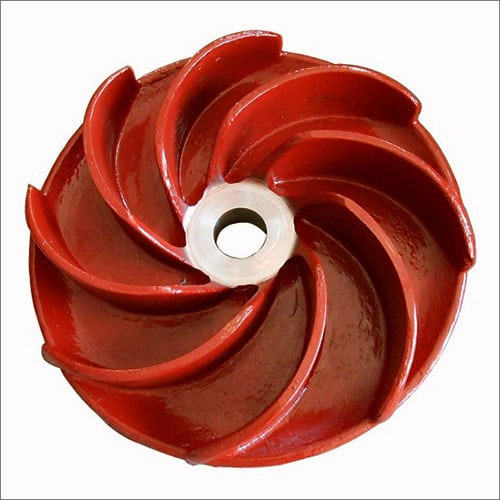- Shifo Industrial Zone, Anguo City, Hebei Province,China
- +8618831216699
sale@nlpumps.com

Slurry pumps are essential equipment in many industrial processes, used to transport abrasive and viscous fluids containing solid particles. However, if your slurry pump keeps running even when it is not needed, it can indicate a problem that needs to be addressed.

There are several possible reasons why a slurry pump may keep running:
Insufficient flow rate: If the flow rate of the slurry being pumped is too low, the pump may continue to run even when it is not needed. This can cause excessive wear on the pump components and increase energy consumption. To solve this issue, ensure that the slurry flow rate is sufficient to maintain the pump's operating parameters.
System leaks: Leaks in the slurry pump system can cause the pump to run continuously to compensate for the lost fluid. Common causes of leaks include damaged seals, worn gaskets, and cracked pipes. Inspect the entire system for leaks and replace any damaged components.
Pump sizing: If the slurry pump is oversized for the application, it may continue to run even when the desired flow rate has been achieved. This can cause excessive wear on the pump and increase energy consumption. Ensure that the pump is sized correctly for the application.
Blocked suction line: A blocked suction line can cause the slurry pump to run continuously. This can be caused by debris or solid particles in the fluid, a blocked filter, or a closed valve. Check the suction line for any obstructions and clear them out.
Pump impeller wear: Wear on the pump impeller can cause the pump to run continuously to maintain the desired flow rate. Check the impeller for wear and replace it if necessary.
In conclusion, a slurry pump that keeps running can indicate a problem that needs to be addressed. Insufficient flow rate, system leaks, oversized pump sizing, blocked suction line, and pump impeller wear are all possible causes. By identifying and addressing the underlying issue, you can ensure that your slurry pump operates efficiently and effectively.